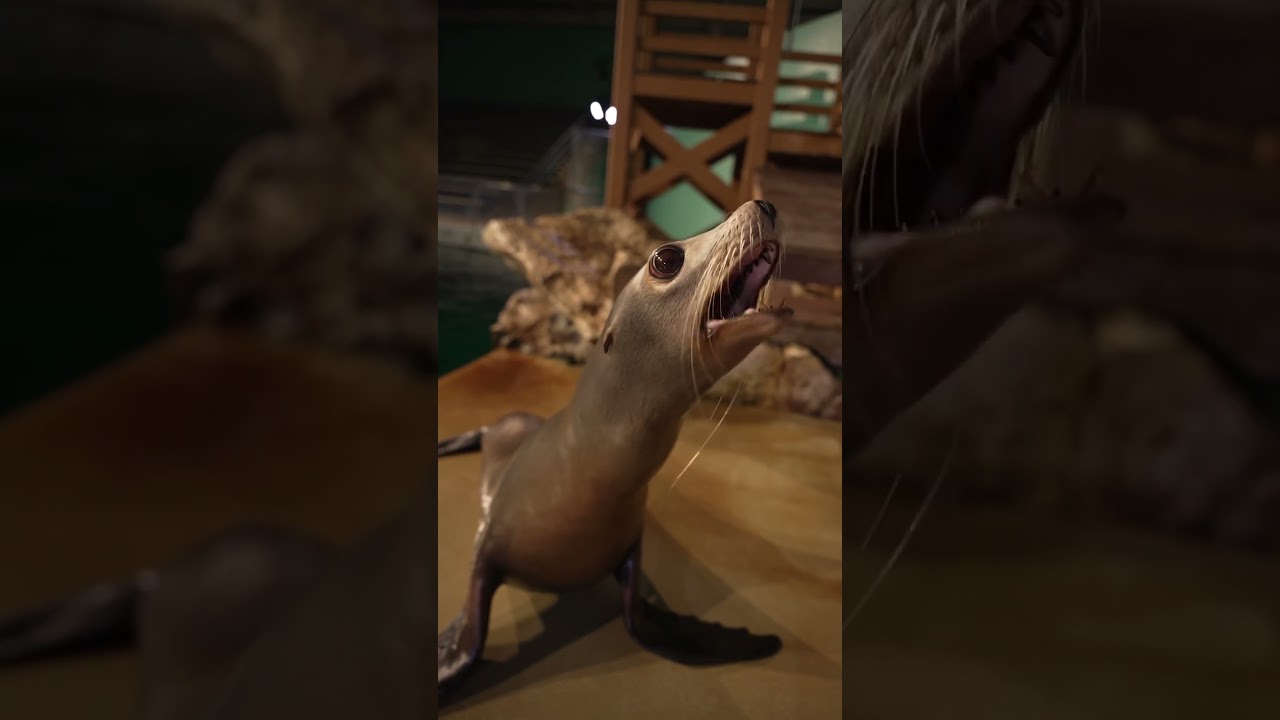– The significance of zoos in wildlife conservation and education
– Understanding the challenges and advancements in zoo management practices
– The vital role of the public in supporting wildlife conservation efforts
Zoos have long been institutions of wonder, allowing the general public to observe animals from across the globe up close. However, their role extends far beyond offering a leisurely day out. At their core, modern zoos play a critical part in wildlife conservation, education, and research. By diving into the evolution of zoo management practices and examining how these efforts contribute to preserving biodiversity, one can appreciate the intricate balance between human enjoyment and animal welfare.
Zoo management practices have advanced significantly over the years. Initially, zoos served as mere exhibitions of exotic wildlife, often without considering the natural needs and welfare of the animals. Today, however, there is a deeper understanding and commitment to creating environments that mimic natural habitats as closely as possible. This shift signifies a move from mere captivity to conservation. Modern zoos engage in species preservation, breeding programs for endangered species, and rehabilitation for animals that can no longer survive in the wild. These efforts are supported by rigorous scientific research to understand species’ needs, behaviors, and health management in captive environments.
One cannot address zoo management without acknowledging the complexities of animal welfare. The field continuously evolves with advancements in veterinary care, nutrition, and enrichment activities designed to stimulate an animal’s physical and mental health. Zoos work tirelessly to simulate natural behaviors through carefully planned enrichment programs, ensuring animals are engaged and active. The well-being of each species is a priority, reflecting a comprehensive approach to conservation that respects the intrinsic value of wildlife.
Education plays another pivotal role in zoos’ mission. By informing visitors about wildlife threats—such as habitat loss, climate change, and poaching—zoos foster a connection between the public and the natural world. Zoos are uniquely positioned to raise awareness and inspire conservation action among millions of visitors annually. Interactive exhibits, educational programs, and the opportunity to witness wildlife firsthand have a profound impact on public perceptions and behaviors toward environmental stewardship.
The public’s involvement is crucial to the success of conservation initiatives. Zoos provide avenues for individuals to contribute to conservation efforts through donations, citizen science projects, or volunteer programs. Public support not only funds crucial research and conservation projects but also amplifies the message of biodiversity preservation on a global scale. Awareness and education lead to informed action, creating a community of environmental advocates.
In discussing, Go on… tell us more! In its conservation efforts, it is essential to recognize how these narratives encourage a deeper appreciation for wildlife. Emphasizing the interconnectedness of all living beings and the urgency of conservation work, such discussions can transform public attitudes and contribute to a broader culture of respect and responsibility towards our planet.
In summary, zoos embody a dynamic intersection of conservation, education, and research. By adapting to the latest in animal care and welfare science, they strive to provide optimal environments for the animals in their care. Furthermore, zoos play a crucial role in educating the public, highlighting the importance of each individual’s role in supporting wildlife conservation. The narrative of Go On… Tell Us More! Emphasizes the importance of ongoing learning and engagement in conservation efforts. We can all contribute to a future where both humans and wildlife thrive through collaboration, dedication, and support.
*****
Source Description


